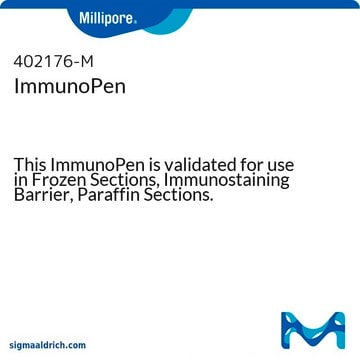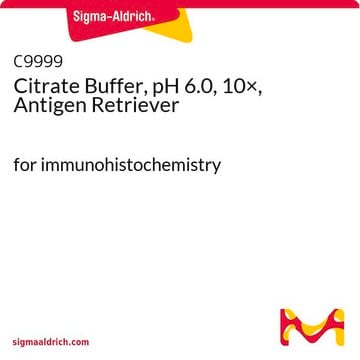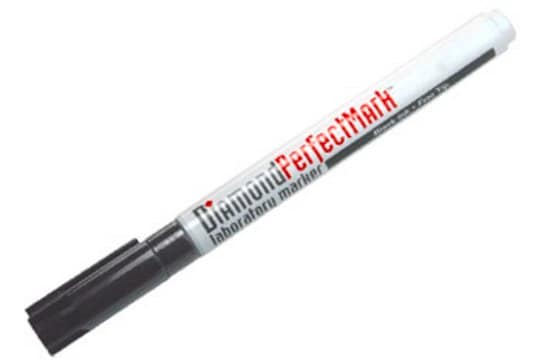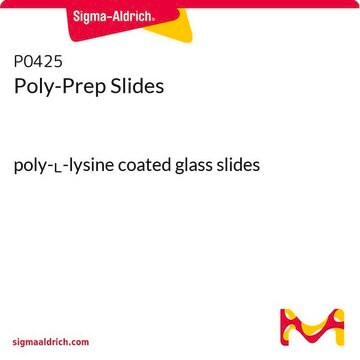This pen is stable at temperatures up to 120°C
Z672548
Lápiz PAP avanzado
2 mm tip width
Sinónimos:
hydrophobic barrier pen, immunostaining wax pen, liquid blocker pap pen, water repellant barrier pen
Seleccione un Tamaño
US$ 281,00
Fecha estimada de envío01 de abril de 2025
Seleccione un Tamaño
About This Item
US$ 281,00
Fecha estimada de envío01 de abril de 2025
Productos recomendados
packaging
pack of 1 ea
manufacturer/tradename
Ted Pella 22311
¿Está buscando productos similares? Visita Guía de comparación de productos
Application
Para utilizar en cortes montados en parafina o portaobjetos tratados con albúmina o poli-lisina.
Quantity
signalword
Danger
Hazard Classifications
Aquatic Chronic 3 - Carc. 1B - Eye Irrit. 2 - Muta. 1B - Ozone 1 - Repr. 1B - Skin Irrit. 2 - STOT RE 2 Inhalation - STOT SE 3
target_organs
Central nervous system, Liver,Central nervous system, Respiratory system
wgk_germany
WGK 3
flash_point_f
159.8 °F
flash_point_c
71 °C
Elija entre una de las versiones más recientes:
Certificados de análisis (COA)
Lo sentimos, en este momento no disponemos de COAs para este producto en línea.
Si necesita más asistencia, póngase en contacto con Atención al cliente
¿Ya tiene este producto?
Encuentre la documentación para los productos que ha comprado recientemente en la Biblioteca de documentos.
Los clientes también vieron
-
Will it hold in high temperatures? what is the highest temperature it can still be properly used in?
1 answer-
Helpful?
-
-
Is there a hydrophobic pen available for immunofluorescence?
1 answer-
Yes, there are hydrophobic pens available for immunofluorescence. The catalog numbers for the available pens are Z672548 and Z377821, and they are named Advanced PAP pen.
Helpful?
-
-
Will mounting a coverslip be a problem with the pap pen if my assay does not include a xylene step that removes this liquid barrier?
1 answer-
This product is suitable for use with coverslip mounts so long as xylene is avoided.
Helpful?
-
-
Is this pen suitable to contain a drop of 3% H2O2 in methanol solution? Could the circle be erased by methanol?
1 answer-
Yes, this product is resistant to most organic solvents and would not be affected by exposure to methanol. However, the barrier may be dissolved by xylene.
Helpful?
-
-
Hi, I have slide with 4x5 tissue spots of 5 mm size each. I like to draw hydrophobic barrier line to protect each tissue spots by drawing a column or row or grid. Therefore, i would require a fine tip Pap pen. Is 2 mm tip good or 1 mm will be better.
1 answer-
The advanced PAP Pen is commonly used to create hydrophobic barriers on slides for various laboratory applications. It is often used to outline areas and draw boundaries to prevent mixing of reagents or solutions. Regarding the tip size, it depends on the specific requirements and preferences of the end-user. Both 2 mm and 1 mm tips can be suitable for creating hydrophobic barriers of the desired size on your slides. The choice between the two will depend on factors such as the precision needed by the end-user, the desired thickness or width of the barrier, and the personal experience and comfort with using different tip sizes of the end-user's.
If a finer and more precise line is required, a 1 mm tip may be preferable. However, if a slightly wider or more visible barrier line is needed, the 2 mm tip can be suitable.
Helpful?
-
-
How much volume does the pen contain? I couldn't find it in the specification sheet. Thanks,
1 answer-
This pen contains approximately 7.5 mL of liquid. The volume is sufficient to place more than 600 circles.
Helpful?
-
-
Does this pen marking autofluorese?
1 answer-
This pen is suitable for use with fluorescent antibodies. It is not specifically tested for autofluorescence; no reports or complaints of this occurring have been filed. This PAP Pen Liquid Blocker, is a hydrophobic slide marker for staining procedures, creates a visible hydrophobic barrier that provides proper surface tension to hold reagents within a targeted area when applied around tissue sections or smears on a microscopic slide. This surface tension ensures the amount of reagent needed for sufficient reaction is reduced and retained for complete tissue section coverage. Multiple specimens can be separated by drawn circles or lines applied to the same slide.
PAP Pen Liquid Blockers contain a unique formulation that is water repellent, insoluble in alcohol and acetone, soluble in xylene and temperature resistant up to 120°C.
Helpful?
-
Active Filters
Nuestro equipo de científicos tiene experiencia en todas las áreas de investigación: Ciencias de la vida, Ciencia de los materiales, Síntesis química, Cromatografía, Analítica y muchas otras.
Póngase en contacto con el Servicio técnico














